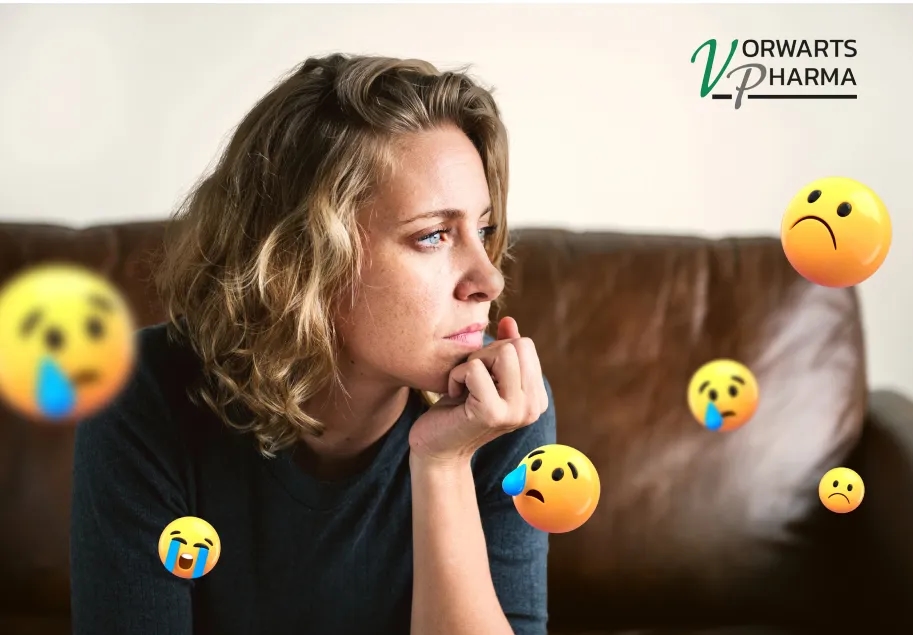Useful articles
How to Prevent Irritation of the Delicate Area During Prolonged Sitting: Tips for Office Workers
17.12.2025
Memory and Emotions: How They Are Connected
16.12.2025
How to Manage Constipation After Surgery: Effective Tips
10.12.2025
Osteoarthritis and Muscle Weakness: Why Joints Start to Hurt and What to Do
09.12.2025
Top 10 dietary factors that may trigger heartburn
08.12.2025
Winter and Our Inner Rhythm: How to Navigate Seasonal Adaptation Smoothly
05.12.2025
Secondary Lactase Deficiency After Antibiotics: Why Probiotics Don’t Always Help
Date: 22.09.2025

Secondary lactase deficiency (LD) is a common condition in both children and adults receiving antibiotic therapy. It is especially often triggered by ampicillin, amoxicillin/clavulanate, streptomycin, and kanamycin. The problem is that damage to the small intestine disrupts the production of the lactase enzyme, without which milk sugar cannot be digested.
How do antibiotics affect the GI tract?
- Direct toxic effect on the mucosa of the small intestine. The highest concentration of lactase is located here, and antibiotics damage the epithelium, provoking enzyme deficiency.
- Trigger dysbiosis and colonization by pathogenic flora. Undigested lactose enters the colon, where fermentation begins, leading to bloating, gas, and diarrhea.
- Increased intestinal permeability syndrome (leaky gut). Mucosal damage leads to chronic inflammation and further dysbiosis — creating a “vicious cycle.”
If the patient already has irritable bowel syndrome (IBS) or small intestinal bacterial overgrowth (SIBO), the development of LD only worsens symptoms: more pain, diarrhea, and bloating.
In the long term, this can result in malabsorption of nutrients, vitamin deficiencies, and trace element depletion.
Why don’t probiotics solve the problem?
Probiotics (Lactobacillus rhamnosus GG, Saccharomyces boulardii) are indeed beneficial — they help reduce the risk of antibiotic-associated diarrhea. However, their action is concentrated in the colon.
The problem of secondary LD lies in the small intestine, where lactose must be broken down. If this does not happen, undigested lactose continues to enter the colon, worsening dysbiosis. In such cases, probiotics are of limited effectiveness.
Hidden lactose: why eliminating dairy is not enough
A lactose-free diet is often recommended for milk intolerance. However, lactose is found not only in milk and yogurts but also in sausages, sauces, breakfast cereals, desserts, and even medications. Complete avoidance is nearly impossible and may lead to calcium, vitamin D, B12, and other micronutrient deficiencies.
How Does Mamalac Work in Secondary Lactase Deficiency?
The lactase enzyme breaks down lactose into simple sugars — glucose and galactose. This ensures proper digestion of dairy products and reduces LD symptoms as early as the third day of intake.
Benefits of Mamalac:
- Helps reduce bloating and gas.
- Supports normalization of stool frequency.
- Ensures proper digestion of dairy products and foods with hidden lactose.
- Suitable for both children and adults.

FAQ: Frequently Asked Questions
Why don’t probiotics eliminate secondary LD?
Because their action is limited to the colon, while lactase is needed in the small intestine.
Can I manage without the lactase enzyme?
Lactose-free products partially help, but hidden lactose is present in many foods and medications.
When is the effect of Mamalac noticeable?
LD symptoms usually improve by the third day of intake.
Can children take Mamalac?
Yes, drops are suitable for infants, and capsules — for adults and children over 3 years old.
Antibiotics can provoke microbiota imbalance and secondary lactase deficiency, which worsens IBS and SIBO symptoms and contributes to nutrient malabsorption.
Probiotics are important, but without the lactase enzyme they cannot fully solve the problem.
Mamalac is an effective way to support enzymatic activity in the small intestine and reduce lactose intolerance symptoms after antibiotics.
Learn more about Vorwarts Pharma products on the official website.





